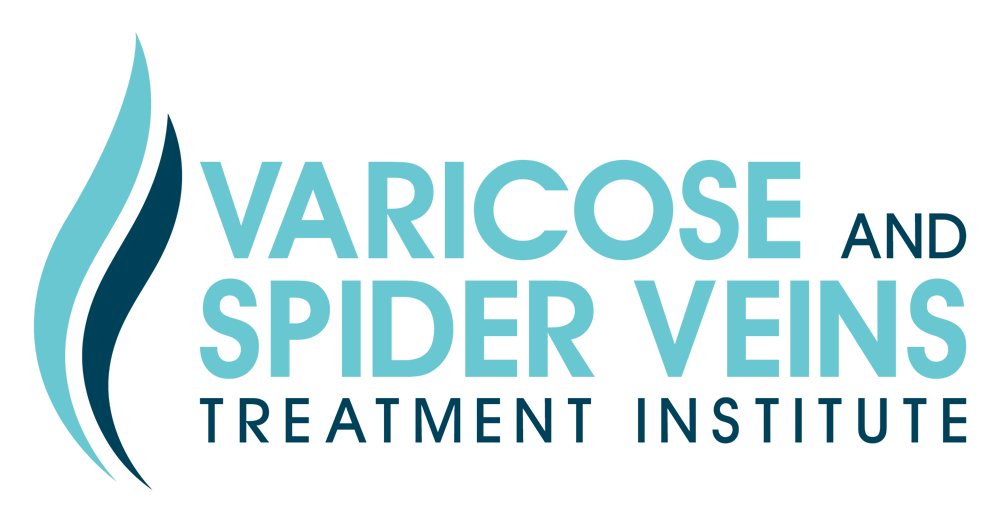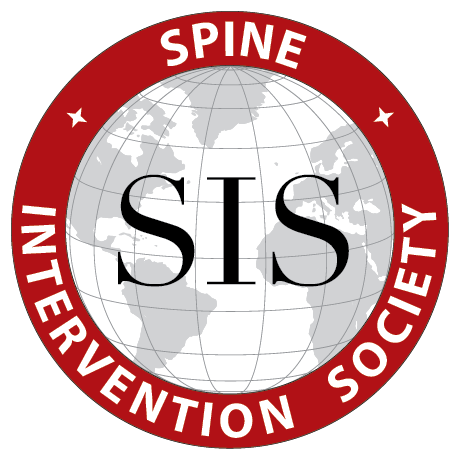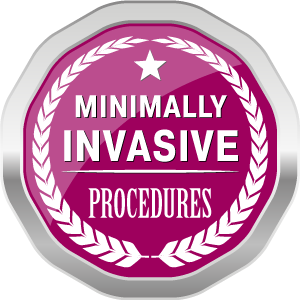Leg Cramps
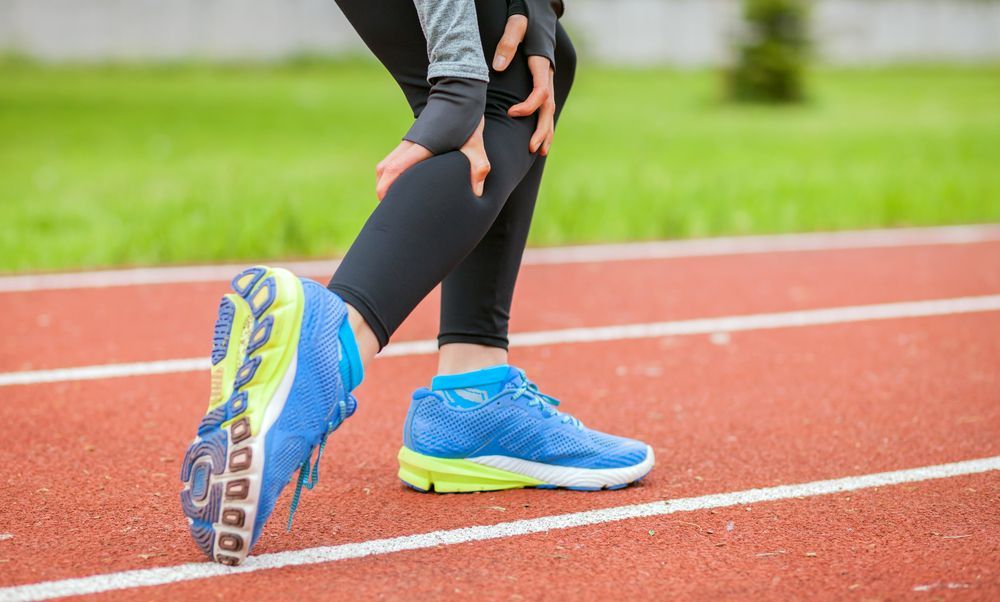
Leg cramps are involuntary muscle contractions that can last anywhere from a few seconds to a few minutes. These cramps are intense and uncomfortable — in more severe cases, they can be extremely painful. There are several factors that may be causing your leg cramps, including underlying health conditions, nutrient deficiencies, or taking certain medications. If you have frequent leg cramps, your doctor can help determine the cause so that they can be treated.
What Are Leg Cramps?
Your leg muscles are made of fibers that contract (squeeze) and expand to help you move. This is normally a regulated process, but sometimes your muscles will randomly contract on their own. This tightening is known as a leg cramp, or “charley horse.” Leg cramps commonly affect the calf muscles, but they can also occur in your thigh muscle or foot. Sometimes these cramps can also cause muscle spasms or uncontrollable tightening that can last for several minutes.
Nocturnal Leg Cramps
Nocturnal leg cramps, which occur at night when you are sleeping, are the most common type of leg cramping. Around 75 percent of people have experienced nocturnal leg cramps — 33 percent of older adults have a leg cramp at least once every few months. These painful cramps can wake you up out of a sound sleep and, in more severe cases, can lead to insomnia.
Restless Leg Syndrome Versus Leg Cramps
You have likely heard of restless leg syndrome (RLS), a condition that causes uncomfortable crawling sensations in your legs that make you want to move them. RLS symptoms tend to get worse in the evening and while sleeping, so many people mistake RLS for leg cramps and vice versa. Both conditions are associated with poor sleep — however, RLS is generally uncomfortable but not painful like leg cramps.
RLS causes the irresistible urge to move your legs in response to a crawling, itching, or creeping sensation. If you experience these side effects rather than painful muscle cramps, talk to your doctor. There are several treatments available to help address your symptoms and help you get a good night’s sleep.
Causes of Leg Cramps
The exact cause of most leg cramps is unknown, but some are related to an imbalance in chemicals in your body, while others may be caused by varicose veins, pregnancy, certain medications, and other health conditions.
Electrolyte Imbalance
Your muscle cells use electrical impulses to contract and relax. Electrolytes are substances that have either a positive or negative charge when dissolved in water. Potassium, magnesium, and calcium are all positively charged substances that our bodies use to balance fluid and control our muscles.
You cannot make electrolytes on your own, so they have to come from your diet. Your kidneys regulate electrolyte levels, clearing out any excess in your urine. You also lose electrolytes in your sweat, which can lead to muscle fatigue and cramping after exercise. Some medications and treatments for certain health conditions can impact electrolyte levels as well.
If you have low electrolyte levels, you may be diagnosed with:
- Hypokalemia: Low potassium levels, associated with leg cramps and muscle weakness and, in severe cases, muscle breakdown (known as rhabdomyolysis)
- Hypomagnesemia: Low magnesium levels, associated with muscle twitching, weakness, or involuntary movements
- Hypocalcemia: Low calcium levels, associated with muscle cramps, twitching, and spasms
Varicose Veins
Varicose veins are swollen, twisted veins found just underneath your skin’s surface, most often in your legs. Your veins have valves that help blood move in one direction, from your muscles back up to your heart. When these valves become damaged, blood begins to flow backward, causing your veins to bulge and swell. The extra blood begins pooling in your feet and legs, putting more pressure on your veins. As a result, you may experience leg cramps.
You may also notice leg swelling, feelings of heaviness or fullness, and throbbing or burning sensations. Varicose veins may be a sign of underlying vein issues, such as venous insufficiency. Read here to learn more about varicose veins and venous insufficiency.
Pregnancy
Doctors and researchers are still learning why pregnancy is a common cause of leg cramps. Around 40 percent of pregnant women will experience leg cramping, especially at night. During pregnancy, the amount of blood in your body nearly doubles, which can slow circulation in your legs. You will also likely gain weight, which puts added pressure on your leg muscles, which can lead to fatigue much more quickly than before. As the baby grows, your uterus may put extra pressure on your leg veins, limiting blood flow to and from your feet and legs. Together, all of these factors increase your chances of leg cramps.
Taking Certain Medications
All medications come with side effects. Some classes of medications are more likely to cause leg cramps than others. It is also important to note that there is no guarantee you will experience cramping if you do take one or more of these medications.
Statins
Statins are cholesterol-lowering medications prescribed to help reduce levels of low-density lipoprotein (LDL) or “bad” cholesterol. Doctors and researchers are not quite sure why statins cause leg cramps, but they believe it may be due to your genetics or changes in your coenzyme Q10 (CoQ10) levels. Some people have genes that increase their risk of experiencing leg cramps and muscle pain while taking statins. These medications can also reduce CoQ10 levels — this enzyme is important for helping your muscle cells produce energy.
Diuretics
Diuretics, or “water pills,” help your kidneys get rid of extra salt and water in your urine. These medications are used to treat high blood pressure, edema (swelling caused by fluid buildup), and heart failure. Some diuretics also cause your kidneys to reduce electrolyte levels, which may cause leg cramps. Your doctor may prescribe a potassium-sparing diuretic to prevent your body from getting rid of too much potassium.
Raloxifene
Raloxifene (Evista) is a medication used to treat and prevent invasive breast cancer in women who are at a high risk of developing the disease. It is also used to treat and prevent osteoporosis — a condition that weakens and thins the bones — in postmenopausal women. Raloxifene works similarly to the hormone estrogen in the body. Around 12 percent of women who take this medication experience nocturnal leg cramps.
Conjugated Estrogens
Conjugated estrogens (Premarin) are also used to treat osteoporosis, breast cancer, and hot flashes in postmenopausal women. This medication is also associated with leg cramps, with up to 14 percent of women reporting them as a side effect.
Intravenous Iron Sucrose
Intravenous iron sucrose (Venofer) is a medication used to treat anemia (low red blood cell count) caused by low iron levels. It is given intravenously over the course of two to five minutes. Studies show that nearly one-quarter of people who receive intravenous iron sucrose experience leg cramps.
Peripheral Artery Disease
Peripheral artery disease (PAD) is a cardiovascular disease caused by the buildup of fats, cholesterol, and blood cells in your arteries. This buildup is known as plaque. The arteries are blood vessels that are responsible for carrying oxygen-rich blood away from your heart to other parts of your body. Plaque buildup in your arteries restricts blood flow, preventing oxygen and nutrients from reaching your muscles. This is known as claudication.
The most common type of PAD is lower extremity PAD, which limits blood flow to your feet and legs. Due to a lack of oxygen in your leg muscles, you may experience muscle pain, cramps, or weakness when walking or exercising. These symptoms tend to improve with rest. Around 25 percent of people with PAD will experience leg pain and cramping.
Dialysis
If you are living with kidney failure, you will likely need dialysis to replace the function of your kidneys. This treatment helps filter your blood to remove extra water and waste — sometimes, it can also filter out the electrolytes needed for muscle and body function. As a result, you may experience leg cramps from low calcium or potassium levels.
Lumbar Spinal Stenosis
Lumbar spinal stenosis is diagnosed when the space surrounding the spinal cord (the spinal canal) in your lower back becomes narrowed. This condition usually develops slowly over time, and most people do not notice symptoms until they are in their 60s. The narrowing in your spinal canal pinches the nerves that travel from your back into your legs. As a result, you may notice leg muscle pain, cramping, numbness, or weakness.
Risk Factors for Leg Cramps
As you get older, your chances of experiencing leg cramps increase significantly. You may begin to lose some muscle mass in your mid-40s, and this continues as you age. Your tendons (tissue that connects muscle to your bones) also become shorter over time, which can make leg cramps more frequent. These changes make it more difficult to get regular movement or exercise into your daily routine. Older adults also lose some ability to sense thirst and temperature changes — these changes increase the risk of dehydration, which also contributes to leg cramps.
You are also more likely to experience leg cramps if you overexert yourself while exercising. Standing for several hours a day or performing strenuous activities can lead to dehydration and low electrolyte levels.
Symptoms of Leg Cramps
Leg cramps can feel like a tightening or clenching of your leg muscles. Some people describe it as feeling like there is a knot in their leg, while others may notice twitching or spasming. These cramps may cause intense pain that lasts anywhere from a few seconds up to 10 minutes. You may also notice a lingering soreness after the cramp that lasts several hours to days.
If you are experiencing nocturnal leg cramps, you may also experience exhaustion or insomnia from waking up repeatedly throughout the night. Feeling distressed about your sleep quality is also common. If your leg cramps are interfering with your ability to get a good night’s sleep, it is best to talk to your doctor. They can help pinpoint the cause of your cramps and get you the treatment you need.
Diagnosing Leg Cramps
If you begin to experience frequent leg cramps, start taking notes on your experiences. You can give these notes to your doctor to help them better understand what may be causing your symptoms. Important things to write down include:
- When the leg cramp starts
- What you were doing that day or right before the cramp started (Were you exercising? Sleeping?)
- How long the cramp lasts
- What the cramp/pain feels like
- What (if anything) helps relieve the cramp/pain
- Any other symptoms you are experiencing
Your doctor will also perform a physical exam and a few different tests to check your leg muscle function and rule out other potential causes of your leg cramps or pain. They may be concerned about potential nerve damage in your feet or legs (known as peripheral neuropathy), RLS, or claudication from PAD.
Your doctor may:
- Test your ability to feel different sensations on your feet and legs, such as dull or sharp pinpricks
- Test your reflexes by tapping the tendon under your knee with a reflex hammer
- Check for your pulse in your feet
- Test your leg strength by having you push or pull against their hands or arms
Together, the results of these tests help your doctor determine what is causing your leg cramps. Sometimes, there is no apparent cause (known as idiopathic leg cramps). If there is a specific cause that can be addressed, they will recommend treatment to help.
Diagnosing Varicose Veins
If your doctor thinks varicose veins are causing your leg cramps, they may run some additional tests to confirm a diagnosis. During your physical exam, they will look for blue and bulging or swollen veins in your thighs and calves. These veins may feel like cords or ropes underneath your skin. Your doctor will also ask about your personal and family health history, whether you have any other vein issues, and how much exercise you get.
Imaging tests are also used to visualize the veins in your legs. Duplex ultrasound uses sound waves that bounce off your red blood cells and blood vessels to create images of your veins. Your doctor will use this test to find the cause of your varicose veins and the best way to treat them.
Treatments for Leg Cramps
Leg cramps often strike randomly, whether it is in the middle of your workout or while you are fast asleep. Unfortunately, there are currently no treatments that help instantly relieve leg cramps. In the moment, you can try walking around and shaking your leg out to help the cramp pass. Some people find that massaging the muscle with their hands or a muscle roller can help. This may also help alleviate soreness after the cramp is over.
Stretches for Leg Cramps
Your doctor may also recommend stretches to help with leg cramps. If you have cramps in your calf muscles, try walking on your heels to stretch them out. You can also step forward with your sore leg and point your toes toward the ceiling. Reach forward and grab your toes, bringing them toward you. This stretch can also be done while sitting — if you have a hard time bending forward, wrap a towel underneath your foot and use the ends to pull your foot toward you. You should feel a stretch along the back of your calf muscle.
For cramps in the front of your thigh muscle (quadricep), stand on one foot while holding onto a wall or table, and bring your foot back up toward your buttock. Hold onto your foot for as long as possible to stretch the muscle. To stretch the back of your thigh muscle (hamstring), lie on your back and lift your sore leg toward your chest while holding onto your knee or the back of your leg. You should feel a stretch along the back of your thigh.
Cold or Heat Therapy
Using heat or cold therapy also helps treat muscle cramps and potential soreness after they stop. When icing sore muscles, use a bag of ice or frozen vegetables wrapped in a towel to avoid damaging your skin. Ice the affected muscle for 10 to 15 minutes, then take a break, repeating throughout the day as needed. For heat therapy, try taking a warm shower or bath, or use a heating pad. Heat relaxes your muscles, so you may want to stretch them out afterward to help with any additional soreness.
Vitamin Supplementation
There are currently no vitamins or supplements proven to help leg cramps. However, some doctors do recommend taking vitamin B12 to support normal muscle function. Some studies have also found that taking vitamin D and calcium together can help prevent leg cramps, but larger studies are needed to confirm these findings. Some vitamins and supplements may interfere with other medications, so it is important to talk with your doctor before starting them so you can do so safely.
Medications
Most likely, your leg cramps are not severe enough for your doctor to prescribe medication to help. In some severe cases that interfere with sleep, your doctor may recommend a muscle relaxant or a medication that affects how your muscles use calcium. Examples include:
- Diltiazem (Cartia XT)
- Carisoprodol (Soma)
- Verapamil
- Orphenadrine (Norflex)
Minimally Invasive Treatments
If your leg cramps are caused by varicose veins, a vein specialist can perform a minimally invasive treatment to help. Some of these treatments close the faulty vein to prevent it from carrying blood, while others remove the vein entirely from your leg. Your vein specialist will use the results from your ultrasound to determine which treatment is best for you.
They may recommend:
- Sclerotherapy: A chemical agent is injected into the faulty vein, causing it to collapse in on itself
- Radiofrequency ablation: Heat from radiowaves is used to seal off a faulty vein
- VenaSeal: A medical-grade adhesive is used to close off faulty veins
- ClariVein: A chemical agent is used (similar to sclerotherapy) along with a rotating tip to mechanically destroy the faulty vein and seal it off
- Phlebectomy: A small incision and phlebectomy hook are used to remove the faulty vein from your leg; often combined with radiofrequency ablation for the best results
Frequently Asked Questions (FAQ)

DR. AMIT POONIA M.D.
Your New Jersey Vein Specialist
Dr. Poonia is double board-certified in interventional pain management and anesthesiology.
Dr. Poonia’s philosophy is based on teamwork, cooperation, and collaboration among his patients’ treatment teams. He believes that healthcare providers work
best when they work together to accurately diagnose a patient’s problem, find effective treatments, and provide maximum rehabilitation and quality of life improvements.
Dr. Poonia customizes his treatment plans based on each patient’s unique characteristics. He employs the latest minimally-invasive technologies to enhance comfort during treatment and to speed recovery.
References
- Alaia MJ, Wilkerson R. Muscle Cramps. American Academy of Orthopaedic Surgeons. October 2022. Accessed January 23, 2023. https://orthoinfo.aaos.org/en/diseases--conditions/muscle-cramps
- Allen RE, Kirby KA. Nocturnal Leg Cramps. Am Fam Physician. 2012;86(4):250-355.
- Di Stasi SL, MacLeod TD, Winters JD, Binder-Macleod SA. Effects of statins on skeletal muscle: A perspective for physical therapists. Phys Ther. 2010;90(10):1530-1542. doi:10.2522/ptj.20090251.
- Electrolytes. Cleveland Clinic. September 24, 2021. Accessed January 22, 2023. https://my.clevelandclinic.org/health/diagnostics/21790-electrolytes
- Garrison SR, Dormuth CR, Morrow RL, et al. Nocturnal leg cramps and prescription use that precedes them: A sequence symmetry analysis. JAMA Intern Med. 2012;172(2):120-126. doi:10.1001/archinternmed.2011.1029.
- Jung AP, Bishop PA, Al-Nawwas A, Dale RB. Influence of hydration and electrolyte supplementation on incidence and time to onset of exercise-associated muscle cramps. J Athl Train. 2005;40(2):71-75.
- Kennedy K. What Causes Leg Cramps in Pregnancy? UNM Health. July 1, 2021. Accessed January 23, 2023. https://unmhealth.org/stories/2021/06/leg-cramps-during-pregnancy.html
- Leg Cramps. Cleveland Clinic. August 3, 2020. Accessed January 22, 2023. https://my.clevelandclinic.org/health/diseases/14170-leg-cramps
- Lumbar Spinal Stenosis. American Academy of Neurological Surgeons. Accessed January 23, 2023. https://www.aans.org/en/Patients/Neurosurgical-Conditions-and-Treatments/Lumbar-Spinal-Stenosis
- Mansouri A, Mirghafourvand M, Charandabi SMA, Najafi M. The effect of vitamin D and calcium plus vitamin D on leg cramps in pregnant women: A randomized controlled trial. J Res Med Sci. 2017;22:24. doi:10.4103/1735-1995.200271.
- Raetz J, Wilson M, Collins K. Varicose veins: Diagnosis and treatment. Am Fam Physician. 2019;99(11):682-688.
- Raloxifene. MedlinePlus. October 15, 2018. Accessed January 23, 2023. https://medlineplus.gov/druginfo/meds/a698007.html
- Restless Leg Syndrome Fact Sheet. National Institute of Neurological Disorders and Stroke. October 3, 2022. Accessed January 22, 2023. https://www.ninds.nih.gov/restless-legs-syndrome-fact-sheet
- Ryan T. What Causes Leg Cramps At Night? Sleep Foundation. April 8, 2022. Accessed January 23, 2023. https://www.sleepfoundation.org/physical-health/leg-cramps-at-night
- Takahashi A. The pathophysiology of leg cramping during dialysis and the use of carnitine in its treatment. Physiol Rep. 2021;9(21):e15114. doi:10.14814/phy2.15114.
- Varicose Vein - Noninvasive Treatment. MedlinePlus. January 28, 2021. Accessed January 23, 2023. https://medlineplus.gov/ency/article/007395.htm
- What Is Peripheral Artery Disease? National Heart, Lung, and Blood Institute. March 24, 2022. Accessed January 23, 2023.
https://www.nhlbi.nih.gov/health/peripheral-artery-disease
